
Date of Maslenitsa celebration
Maslenitsa in the Christian calendar is closely related to the date of the Great Lent, whose beginning is determined by the "floating" date of Easter. In 2018 the Maslenitsa week was held from 12 to 18 February, in 2019 it will take place from 4 to 10 March. However, not everywhere it lasts a week: somewhere they fit into a couple of days, and in some countries, the holiday lasts up to three weeks. In any case, Maslenitsa ends on the Forgiveness Sunday when all people ask for forgiveness and forgive each other.
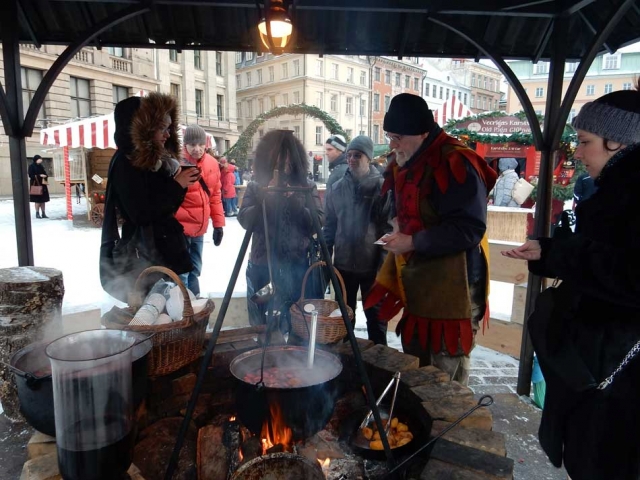
What people in Europe eat
That pagan holiday, which in Russia, Belarus and Ukraine is inextricably related to tasty pancakes, sleigh rides, mummers play and burning of the stuffed Maslenitsa, in European countries is associated mainly with cheerful carnivals and festivals, although here you can find their gastronomic features. In addition, at every corner, you will be treated to mulled wine for a fairly low price.
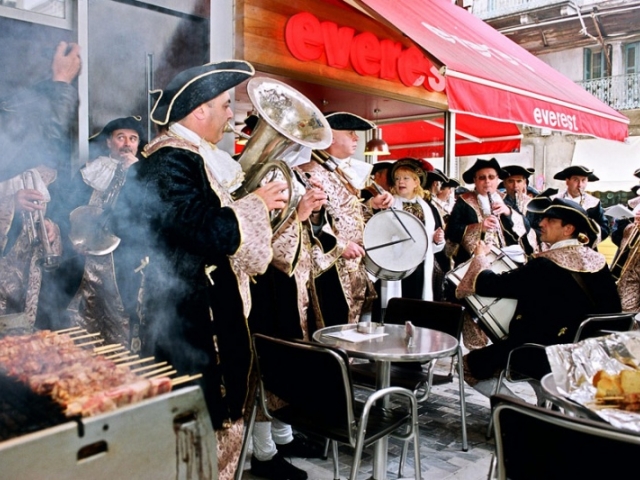
Greece - meat abundance
Maslenitsa in Greece, or Apokries, lasts for three weeks and ends before the Great Lent. The main symbol of the fun are wooden wands, festive wreaths, and garlands, cheerful carnivals pass through the streets, and people have bonfires in the wastelands. Two weeks in the kitchens of the Greeks there is so much meat, juicy and tasty, that they eat up everything until they're full. In "fragrant Thursday" (the culmination moment of the holiday) it is customary to say goodbye to meat, this day is called "Good-bye, grill!". In the last week of the Carnival the Greeks eat a variety of dairy products, fish and eggs. The holiday ends with a cheese Sunday, after which the Lent begins.
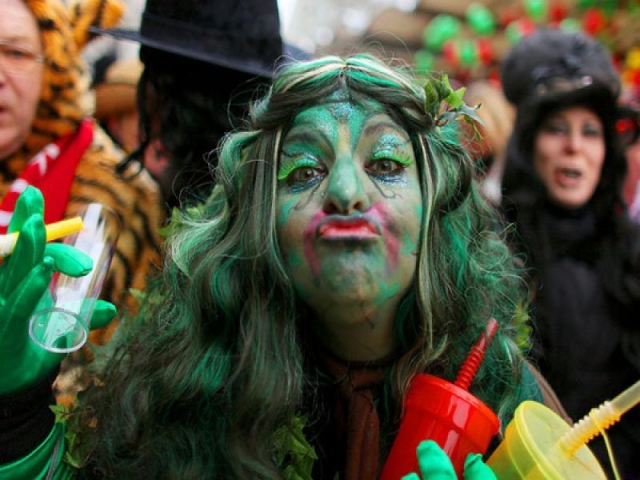
Germany - procession of spirits
In this country, the change of seasons (Fasching) is greeted with pancakes and homemade sausages, and on Tuesday the main delicacy is donuts. The Maslenitsa carnivals in Germany are not quite usual: thus, the Saturday's procession of spirits is a procession of people walking in the costumes of ghosts, witches, devils, clowns and all kinds of characters of children's fairy tales. In "Pink Monday" at a set time, the townspeople join forces and prepare for the holiday a platform with papier-mache figures depicting popularly "beloved" politicians.
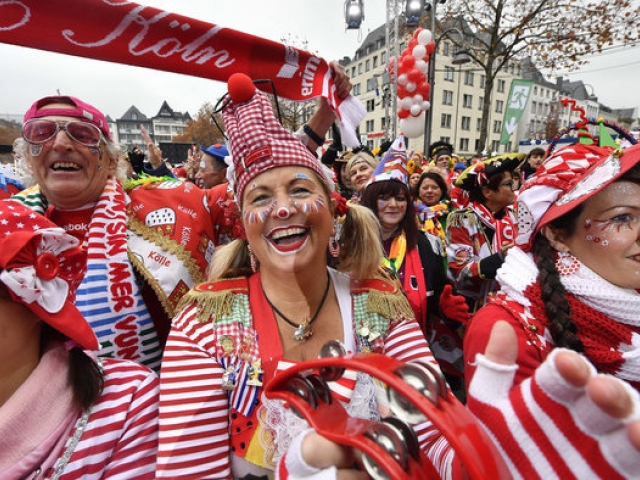
Germany - storming the town hall and men "hunting"
The traditional Cologne Carnival begins on "Women's Thursday" (Markt). Dressed in fancy dresses young ladies stand at the central square, and at exactly 11 hours and 11 minutes they start "storming" the town hall, thus proclaiming matriarchy. Men are hunted all over the city. The victims lose a piece of their tie and often become a victim of the Amur's arrows.
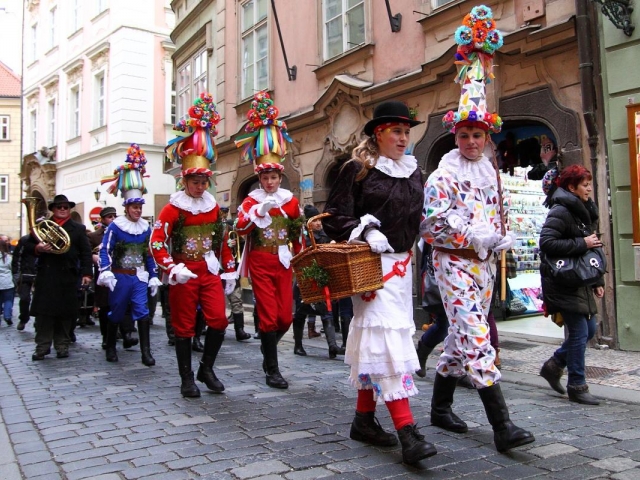
Czech Republic - knödels and slivovitz
The tradition to celebrate Maslenitsa was borrowed by Czechs in their time from the Germans, but they called it in their own way - Myasopust. Here, just like in Germany, people eat donuts, but the guests, who visit the Czech Republic in this time, especially remember "fat Thursday" when everyone eats pork with steamed slices of bread - knödels. All this is abundantly washed down with a national drink based on fruits (slivovitz) and hot beer.
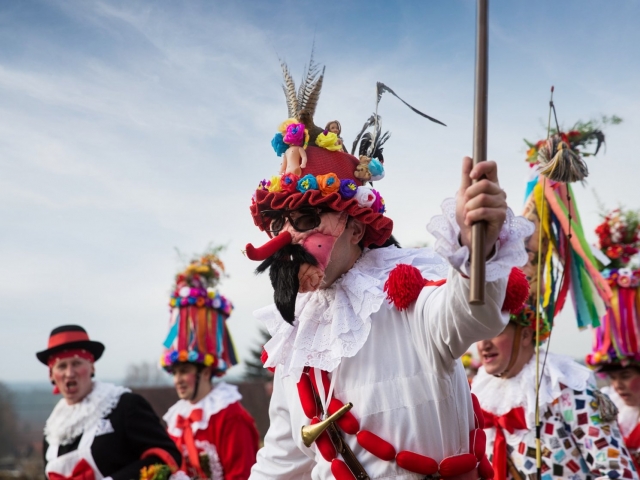
Yugoslavia - riding in a pig trough
The Maslenitsa festivities in Yugoslavia are accompanied by riding in the pig trough. The mummers dressed in sheepskin coats turned inside out with prickly branches, tails of animals and bells attached. On the faces, you can see masks with horns made of leather, wood and even metal. Roofs of houses are decorated with figures of thatched grandfathers.
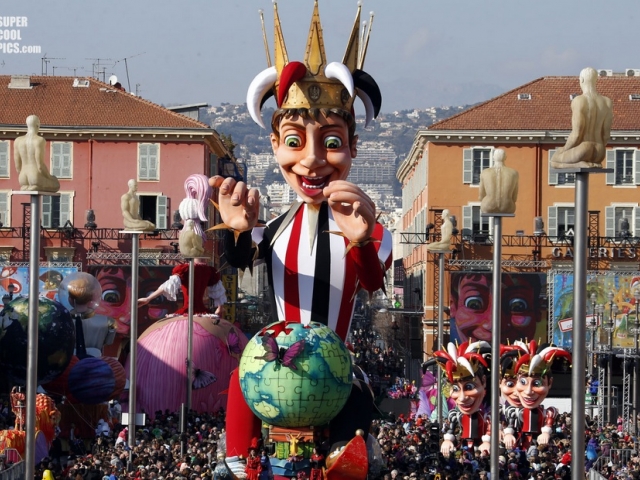
France - political satire and spray paint
The French Carnival is very similar to Russian: here people also bake pancakes, have fun, and then burn a straw effigy. In the evening, several dozens of platforms pass through the main streets of cities, on which satirical images of politicians in the form of 8-12-meter dolls are placed. Then the time of romance come when installations decorated with flowers appear. Beauties entertain the audience with skillful dances, and at the same time, carnival participants are shot with spray paint. The holiday ends on "Fat Tuesday" (Mardi Gras).
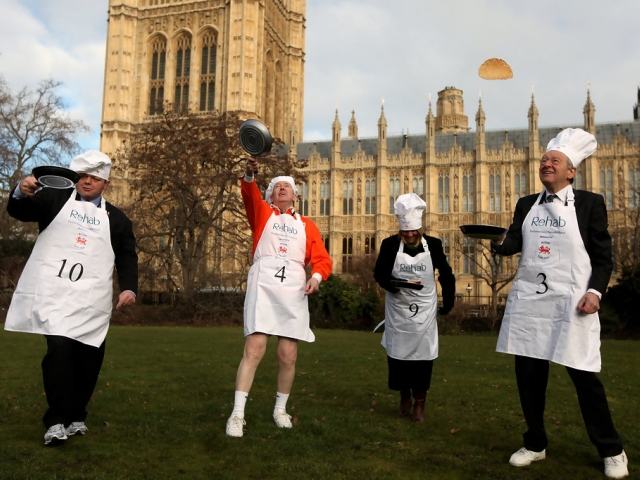
The UK - pancake races
Maslenitsa in the UK lasts only one day. In "Shrove Tuesday", that is before the Lent, there are so-called "pancake races". According to the belief, in 1445 a housewife forgot about the celebratory service and jumped out into the street right in her apron, with a frying pan in her hand on which pancakes were roasted. Since then, this tradition has started - to compete arranging a "pancake tournament".
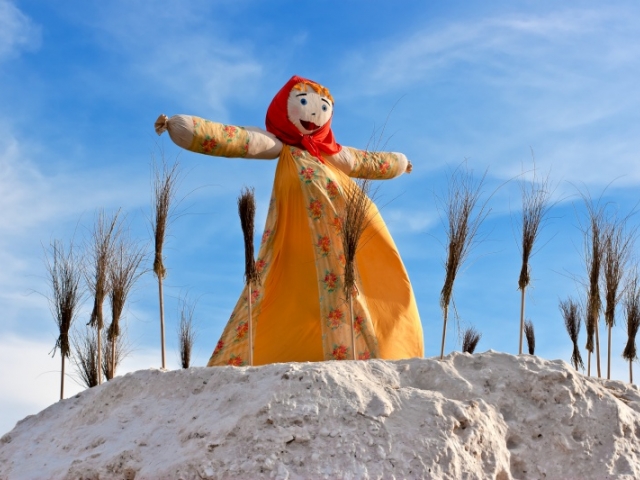
Poland - "selling" unmarried girls
If you are a free girl who happened to be in Poland during the Maslenitsa week, the fun Polish tradition - to "sell" unmarried girls - will please you. Well, if you are a bachelor, beware: it is likely that you will be pulling by the hair. As for treats, they are traditional: donuts with different fillings, sweet angel wings, and pancakes.
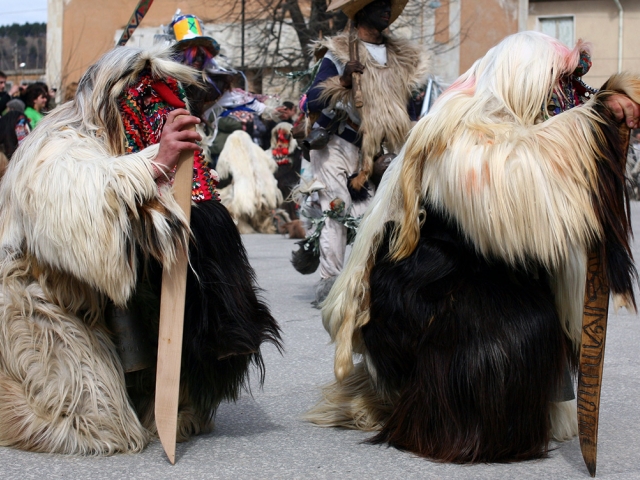
Bulgaria - procession of kukeri
The celebration of the Maslenitsa in Bulgaria falls on Forgiveness Sunday. Seven weeks before Easter, Bulgarian men dressed in goatskins or sheepskins, wearing zoomorphic horned masks and a wooden phallus, walk through the streets dancing and trying to ward off the evil spirit. Bulgarians with whole families participate in the procession of kukeri, dressed up as kings, old women, priests, tax collectors or animals, and in the evening they light bonfires and jump over them thus removing all the bad things that haunted them all winter. Women prepare white halva with nuts and a puff cake - "banitza".
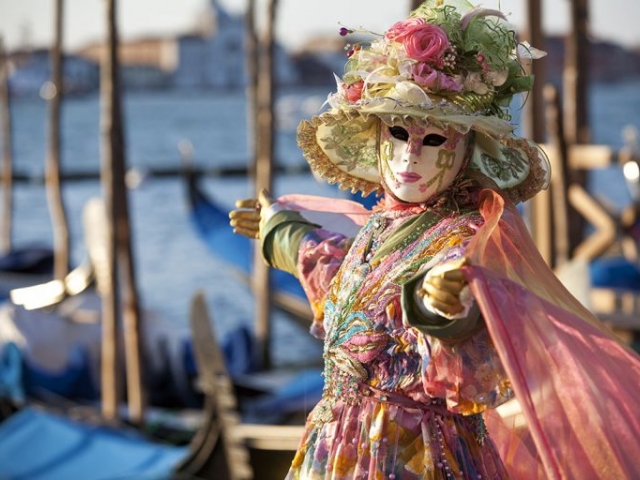
Italy - the flight of Colombina
The center of festivities in Italy is traditionally concentrated in Venice where more than half a month the streets are filled with thousands of Pierrot, Harlequin, and Pantalone. Walkers are entertained by magicians, mimes, acrobats, clowns and jugglers. The wine flows like a river, fireworks illuminate the sky with thousands of colorful lights, songs and dances do not let anybody get bored. A tribute to the ancient ritual of the XVIII century, The Flight of Columbine, is paid: a paper pigeon is launched from the bell tower in St. Mark's Square, then it explodes in the air and sprinkles a crowd of confetti. Charming Venetian women, kidnapped by pirates, are freed by noble men. The beginning of the Great Lent is marked by the sound of church bells.
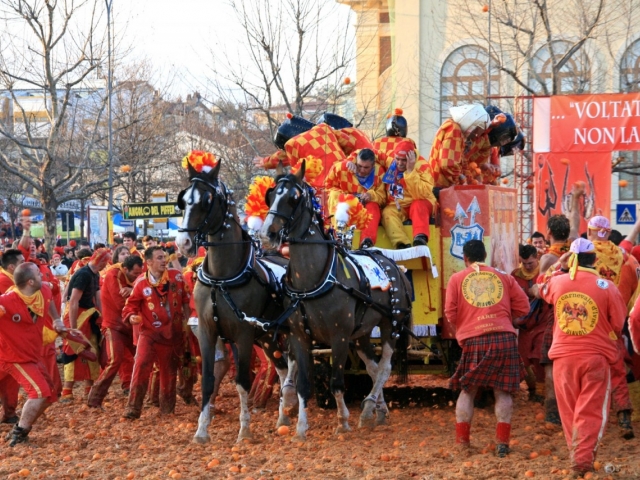
Italy - orange battles
Italy is also famous for such a cheerful folk tradition as orange battles when everyone throws juicy oranges at each other. According to the legend, once the townspeople defended the honor of the beautiful Violetta who refused the cruel Marquis. Therefore, it is a great honor for any girl of the city to be elected queen of the carnival. At the end of the day, the center of the city is covered with a thick layer of orange pulp with skins, which, however, does not prevent the participants of the "orange madness" from getting together again and organizing a parade. Violetta proclaims the victory of the forces of good and then gives the audience sweets and flowers, after which all the townspeople clean the city of citrus "porridge".
 বাংলা
বাংলা 
 Русский
Русский English
English Bahasa Indonesia
Bahasa Indonesia Bahasa Malay
Bahasa Malay ไทย
ไทย Español
Español Deutsch
Deutsch Български
Български Français
Français Tiếng Việt
Tiếng Việt 中文
中文 हिन्दी
हिन्दी Čeština
Čeština Українська
Українська Română
Română
